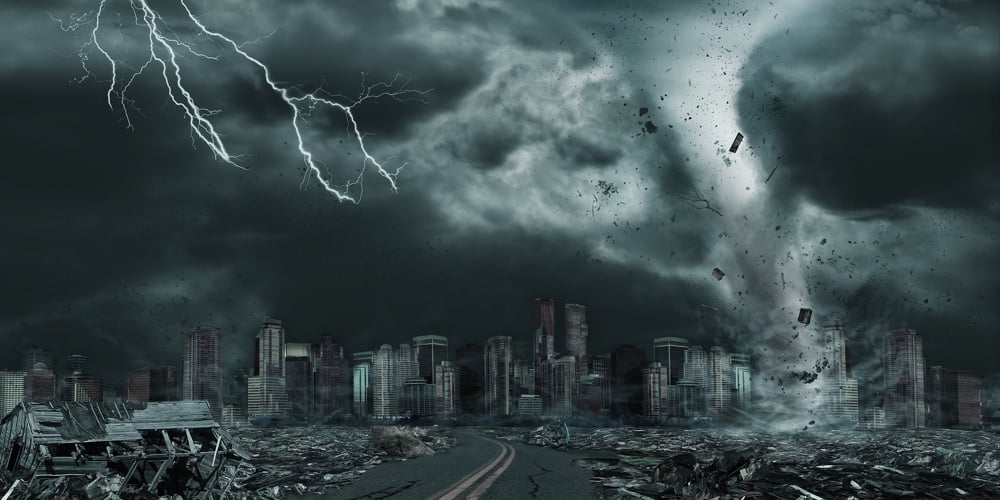Navigating the financial implications of natural disasters

Natural disasters have been a part of the Earth’s natural systems since the dawn of time. Galileo once taught that nature is orderly and follows mathematical and physical laws, but nature’s complexity often defies predictability. However, through scientific inquiry, we have come to understand the cause-and-effect relationship between human disturbance, such as global climate change caused by burning fossil fuels, and the increasing frequency and severity of extreme weather events. Considering this understanding, it is essential to recognize the impact of natural disasters and climate change beyond just Earth Day or Earth Month, or when disaster strikes. Consideration, preparedness and seeking to solve these concerns should be a constant priority for businesses, individuals, and communities alike.
In the past few years, the financial industry, international groups, market players, and other entities have focused extensively on comprehending the consequences of climate change on the financial sector and financial security. Below, we’ve outlined disaster preparedness best practices along with providing information and clarity around common customer concerns.
Preparation is key
The first step in disaster preparedness is to conduct a risk assessment to identify the potential hazards that could affect your financial institution and those you serve. This includes identifying the likelihood and potential impact of natural disasters such as hurricanes, earthquakes, tornadoes, floods, and wildfires. Once you have identified the potential hazards, you can begin to develop a disaster preparedness plan. Think business disruption, infrastructure destruction, as well as commodity effect and scarcity.
continue reading »
